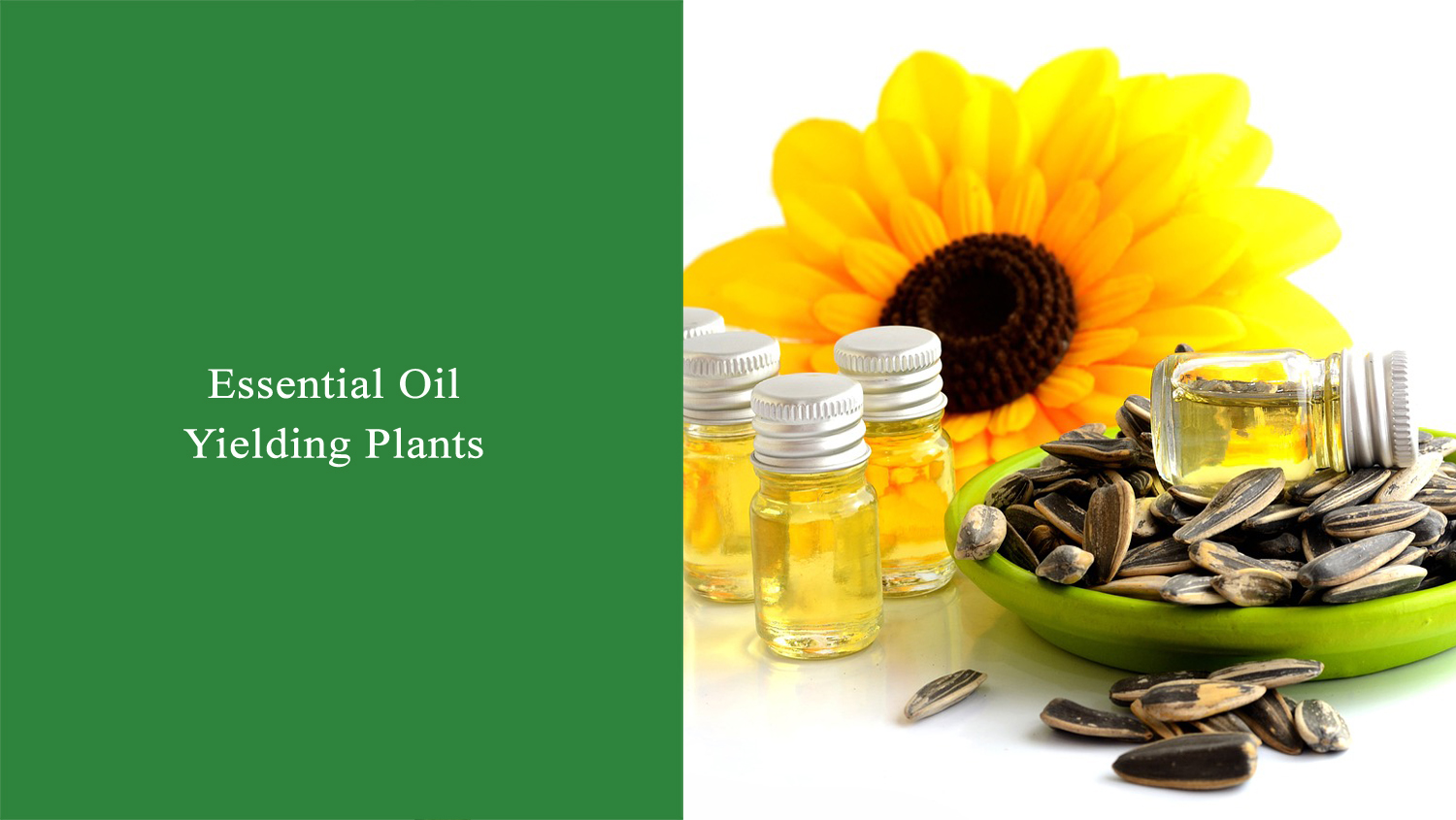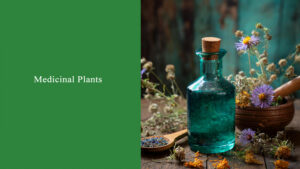Top 10 Essential Oil Yielding Plants
Want to know the top 10 essential oil yielding plants? If so, then you’ve come to the right page.
Essential oil is a liquid having volatile chemical compounds that can extract from plants by using expression, steam distillation, and solvent extraction process. It is also known as volatile oils.
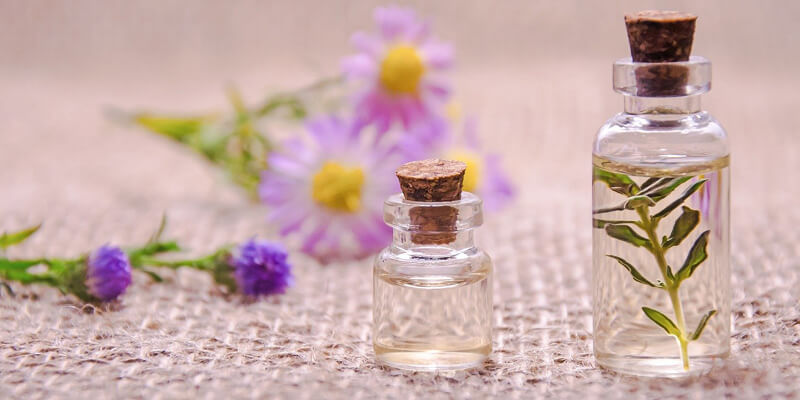
The use of essential oil is to flavor food, beverages, and to make perfumes and soaps. At the same time, it helps to cure so many diseases through aromatherapy and other healthcare practices.
In this article, we will share with you the top 10 essential oil yielding plants.
Lists of top 10 essential oil yielding plants:
1. Tulsi
Family: Lamiaceae
Description: Tulsi is the best essential oil yielding plants. It grows in temperate to tropical regions of Nepal including Dharan, Itahari, and Kathmandu. This plant is also called Queen of the Herbs. It is a medicinal herb having green or purple leaves, hairy stems, and purplish flowers.
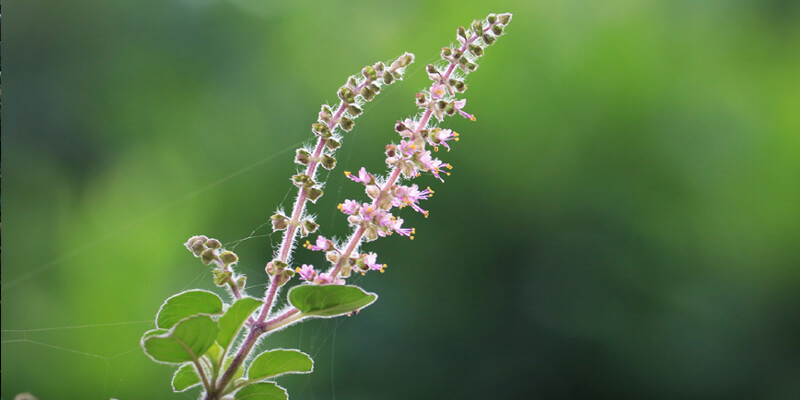
Tulsi has religious value too. So, in Nepal, it is grown in the yard and worshiped every day. It prefers warm climates, so it cannot survive on frost. Tulsi gives essential oil with a sharp, fresh, earthy, and minty fragrance. Tulsi oil contains beneficial compounds like 1,8-Cineole, B-Bisabolene, and estragole.
Benefits of tulsi oil: Relieve stress, purify the blood, relieve itchy skin, ease body discomfort, promote healthy skin, muscle relaxant, and mood enhancer, etc.
2. Cinnamomum
Family: Lauraceae
Description: Cinnamomum is another best essential oil yielding plants. It is an evergreen tree having purplish-black fruit, brown branches, and reddish-brown (young) to dark green (mature) leaves.
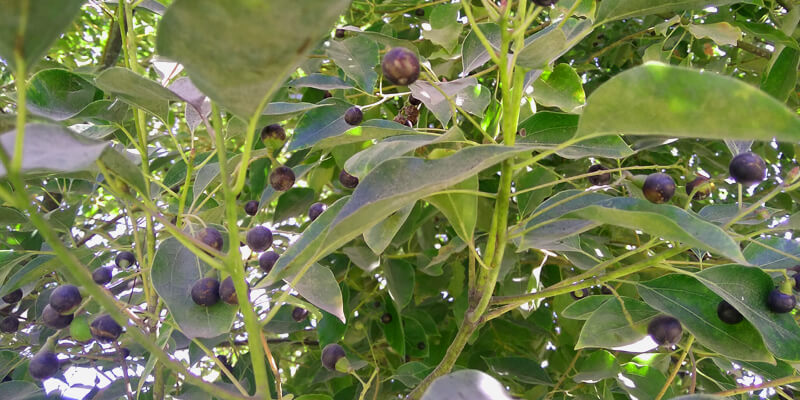
Its height reaches up to 30 m tall. This plant grows in tropical to subtropical areas of Nepal including Kathmandu. The essential oil can obtain from crushing leaves, twigs, and seeds.
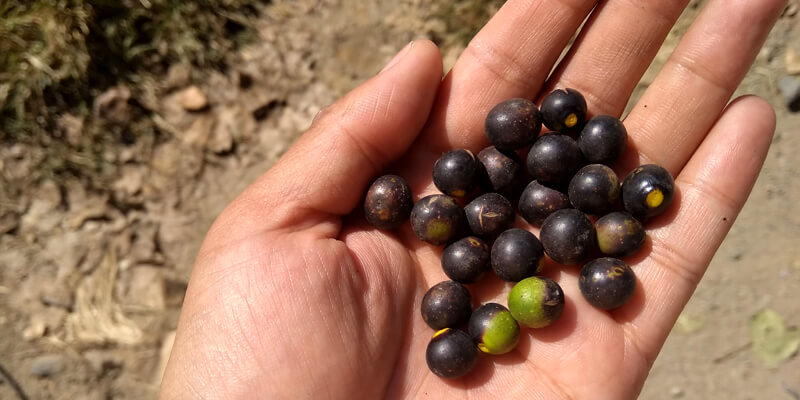
Benefits of Cinnamomum oil: Enhance the immune system, detoxify the body, tightening of the skin, relieve pain, improves blood circulation, relieve pain, cure diabetes, toothache, heart, and respiratory problems.
3. Eucalyptus
Family: Myrtaceae
Description: Eucalyptus plants can be either shrub or tree. This plant is native to Australia. More than 700 species of eucalyptus have been identified.
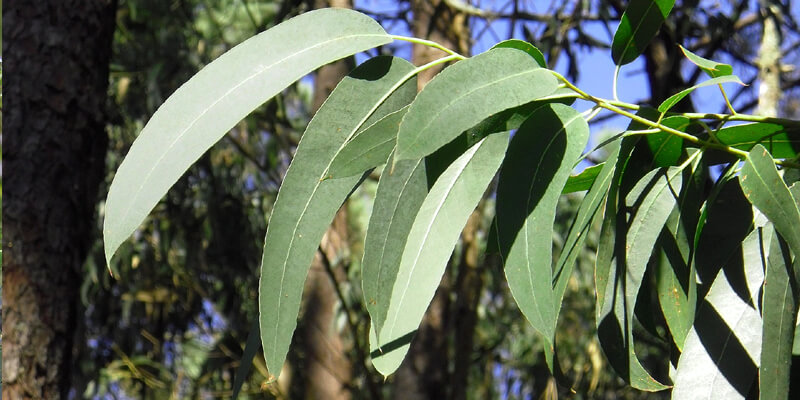
The strong and colorless essential oil can obtain from its fresh leaves. Because of its relieving, stimulating, and anti-bacterial properties, it cultivates worldwide. It prefers moist soil and warm temperature.

Benefits of Eucalyptus oil:
-Treat respiratory tract infections i.e. cough, sore throat, bronchitis, and sinusitis, etc.
-Nourish and moisturize the hair
-Cure diabetes, fever, body pain, tuberculosis, pneumonia, and asthma.
-Use as a household cleaner
-Mosquito and insect (ants and cockroaches) repellent.
4. Jasmine
Family: Oleaceae
Description: Jasmine is one of the top 10 essential oil yielding plants. This plant is found in tropical to warm temperate areas of Nepal, Pakistan, China, Syria, Thailand, and the Philippines. It contains a star-shaped white-yellow flower and dark purple fruit.
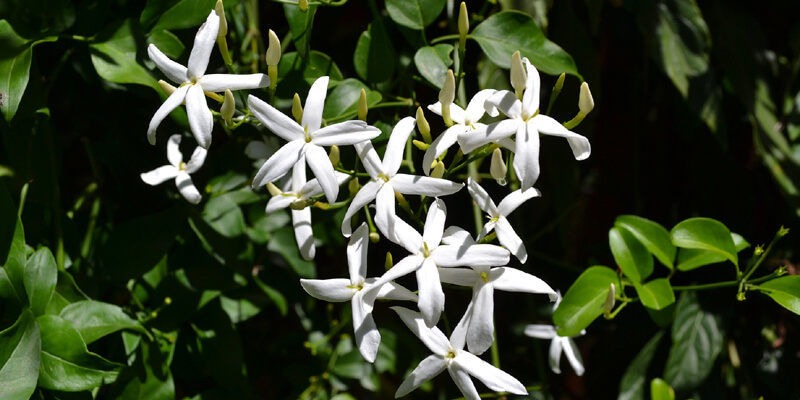
This plant prefers fertile, moist, and well-drained soil. Jasmine has of various types: Winter jasmine, Jasminum polyanthum, Arabian Jasmine, Primrose Jasmine, and Angel Wing Jasmine.
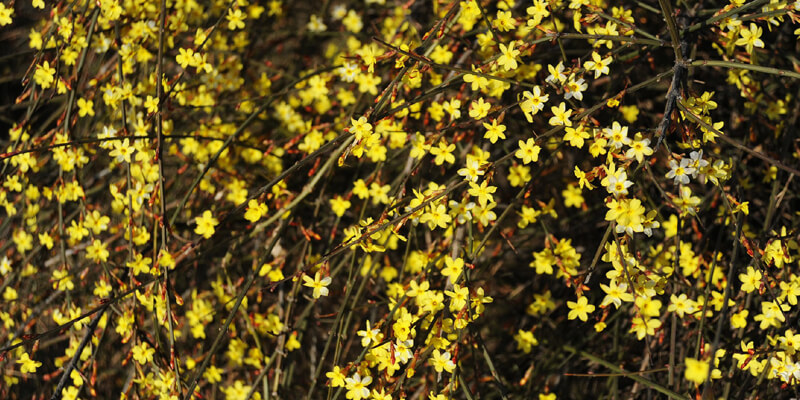
Benefits of Jasmine oil: Relieve anxiety and stress, increase Arousal, improve sleep quality, increase sex appeal, relax the muscle, improve immunity, boost Concentration, produce breast milk and improves hair quality.
5. Clove
Family: Myrtaceae
Description: Clove is one of the best essential oil yielding plants which offer a large number of flower buds having a pungent aroma. It is also famous as kitchen spices, as well as a flavoring agent for beverages.
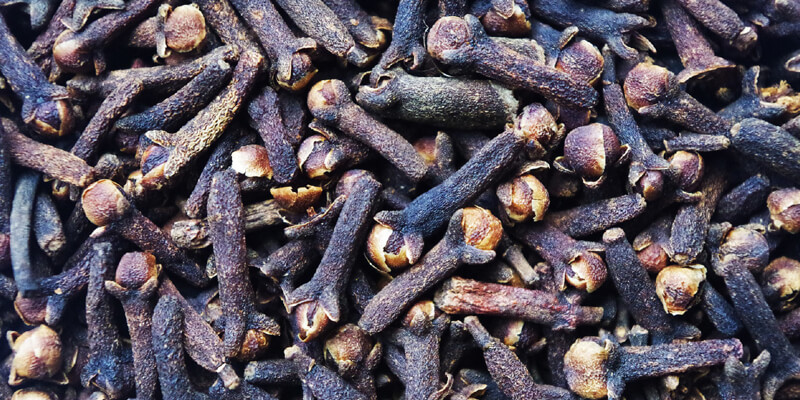
At the same time, it is an evergreen tree growing up to 12 meters tall. The clove is rich with chemical eugenol. People use dry clove flower buds to extract the essential oil.
Benefits of clove oil: Ant repellent, relieve toothache pain, fever reduction, mosquito repellent, cure dental problems, reduce stomach pain, improve blood circulation, and relieve pain and inflammation.
6. Rosemary
Family: Lamiaceae
Description: Rosemary is a perennial, as well as an evergreen herb. It contains needle-like leaves and colorful flowers with aroma. This plant is droughts tolerant, so it grows in temperate to tropical zones. It prefers well-drained loam soil.
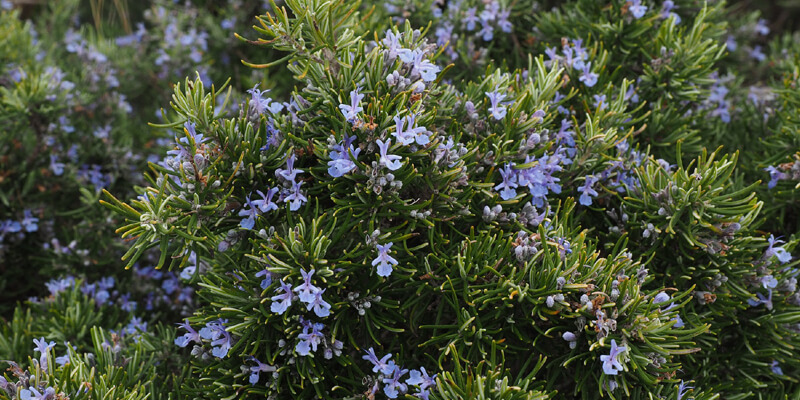
In comparison with another herb, it has a slow growth rate but lives for so many years about 30.
Its height normally riches up to 2 meters high. In most places,people cultivate rosemary as an ornamental plant.
Rosemary contains rosmarinic acid, camphor, carnosol, carnosic acid, and other important phytochemicals.
Benefits of rosemary oil: Improve memory, lower blood sugar, relieve joint pain, and fragrant component in perfumes, shampoos, and cleaning products.
7. Lemongrass
Family: Poaceae
Description: Lemongrass is another best essential oil yielding plant that grows in tropical regions of Asia and Africa. Because of its medicinal value, it is also cultivated in home gardens. It grows up to 2 meters high. Lemongrass offers a lemony aroma, so it is famous as a flavoring agent of tea.
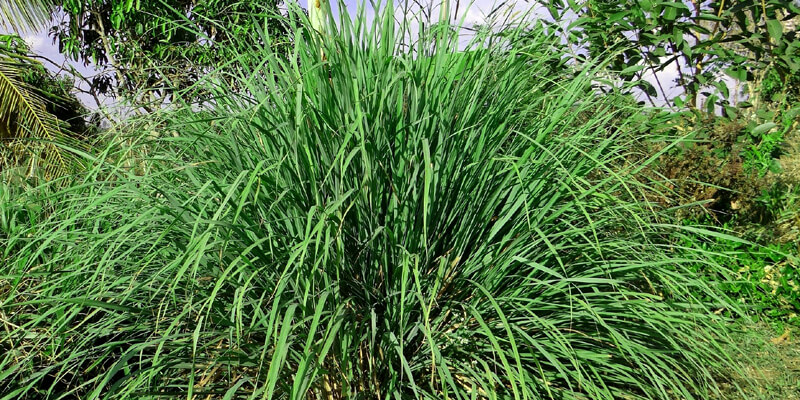
From leaves and stems of lemongrass, citronella oil can extract which is one of the useful essential oil. This plant is found in Nepal, Sri Lanka, India, Cambodia, and Vietnam.
Benefits of Lemongrass: Insect repellent, relieve menstrual pain, improves cholesterol level in the blood, reduces stress, regulate high blood pressure, and strengthen immunity.
8. Litsea cubeba
Family: Lauraceae
Description: Litsea cubeba is one of the top 10 famous essential oil yielding plants. This plant is also known by another name ‘may chang’. It is an evergreen small tree growing up to 12 meters tall and native to some parts of Asia including China and Indonesia. This plant has a fast growth rate. Its flower offers a lemon-like aroma. So use to flavor tea.
By using the steam distillation process, an aromatic essential oil can extract either from its fruit or by leaves. Citral is a major chemical component found in its oil. Litsea cubeba has also timber and medicinal value.
Benefits of Litsea cubeba: Fragrance and flavoring agent, cure gastro-intestinal ailments, insect repellent, prevent bacterial infection, relieve stress, improve digestion, and relieve joints and muscle pain.
9. Mustard
Family: Brassicaceae
Description: Mustard is another famous essential oil yielding plants. Its leaves are consumed as a vegetable, seed are used as kitchen spices, and oil is used for medicinal and food purposes. From dry seeds, the essential oil can obtain which gives pungent flavor.
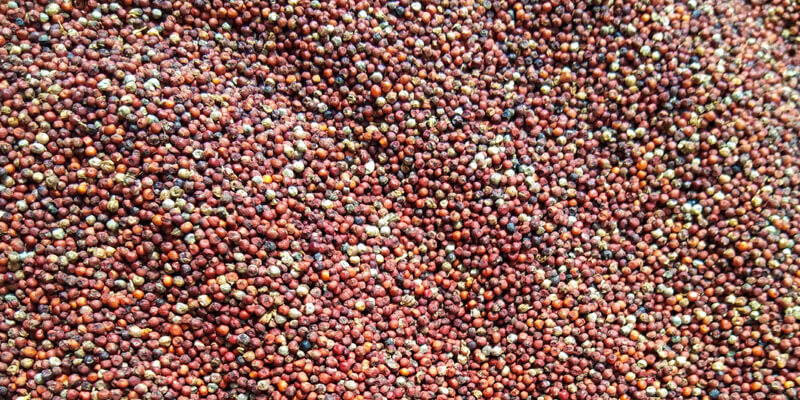
Mustard oil is very useful to our health. So, in Nepal, people cultivate it on a commercial scale. The mustard plant attracts large numbers of bees because its yellow flowers offer nectar.
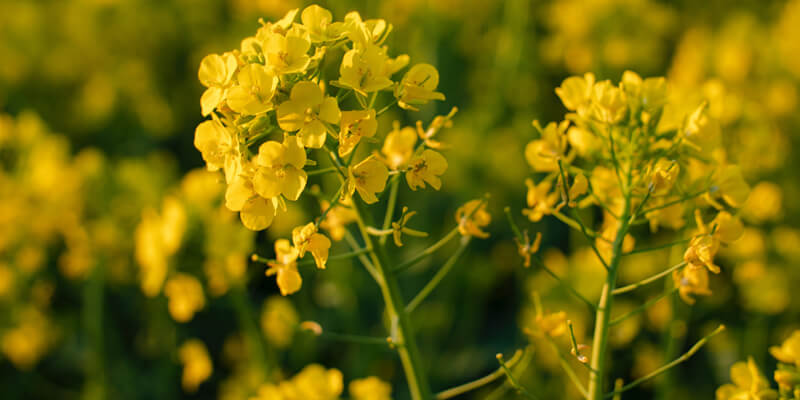
Benefits of Mustard oil: Use as biodiesel, relieve inflammation, use for massage, promote hair health, stimulate digestion, insect repellent, strengthen immunity, and cure coughs and colds.
10. Lavender
Family: Lamiaceae
Description: Lavender is a short-lived herbaceous plant which is one of the best essential oil yielding plants native to Europe to eastern Africa. It has a big ornamental value, so people grow it in their home gardens. Normally, it offers small nutlet fruits and bluish-purple flowers with a sweet fragrance.
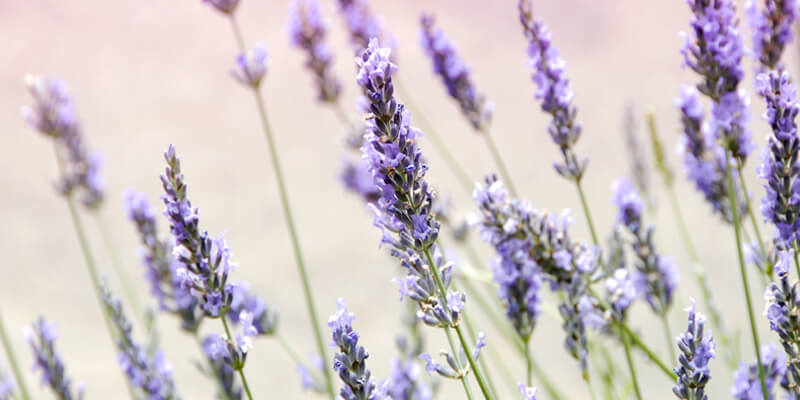
The height of Lavender reaches up to 3 feet high and it prefers well-drained and dry soil. Large numbers of photochemical are found in lavender oil including linalyl acetate and tannins. This plant is also cultivated for honey production because its flower yields nectar.
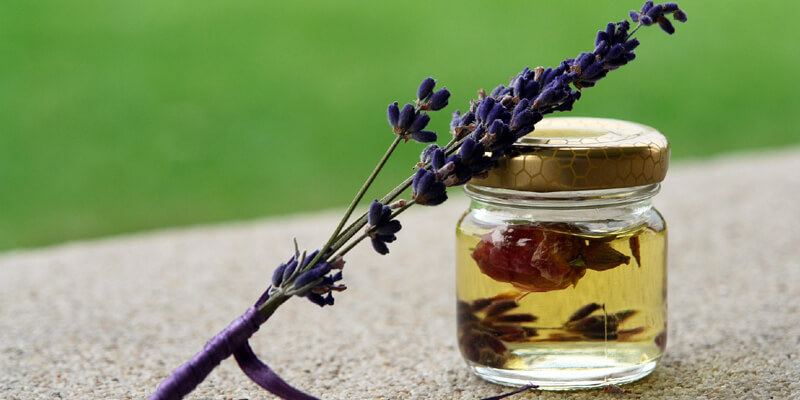
Benefits of Lavender oil: Relief anxiety, cure insomnia, toothaches, skin irritations, heal the wound, control hair loss, treat headache, and relieve chapped lips.
I hope this article helped you to find the top 10 essential oil yielding plants.
